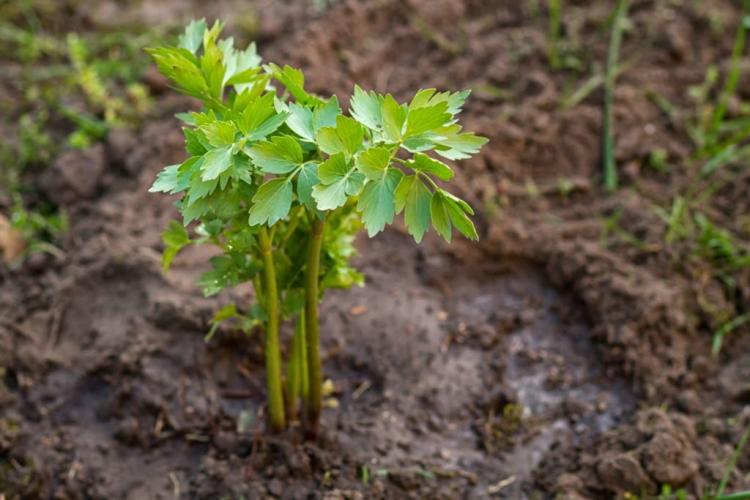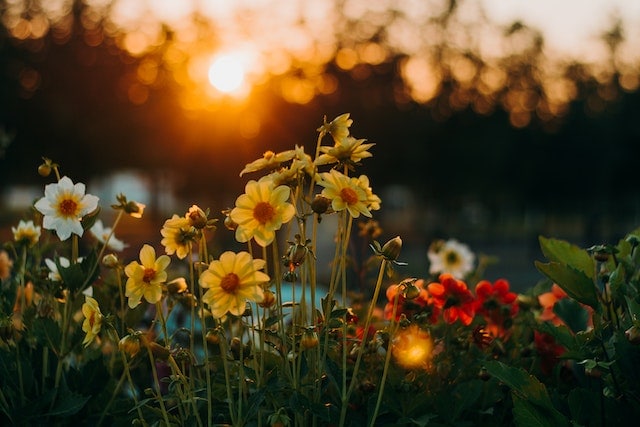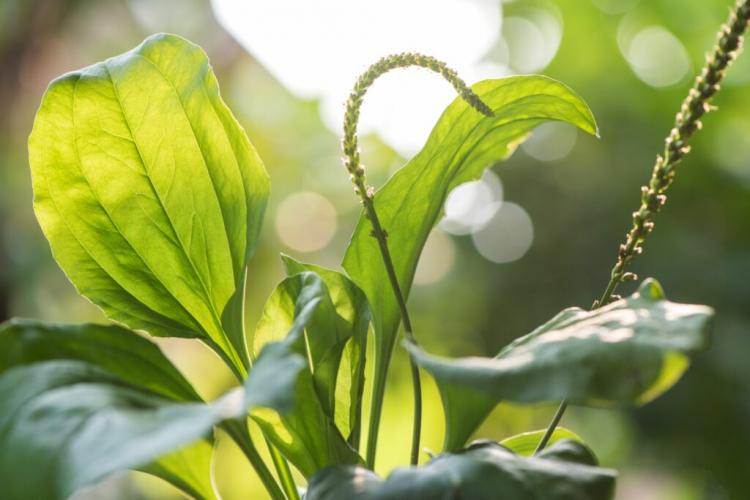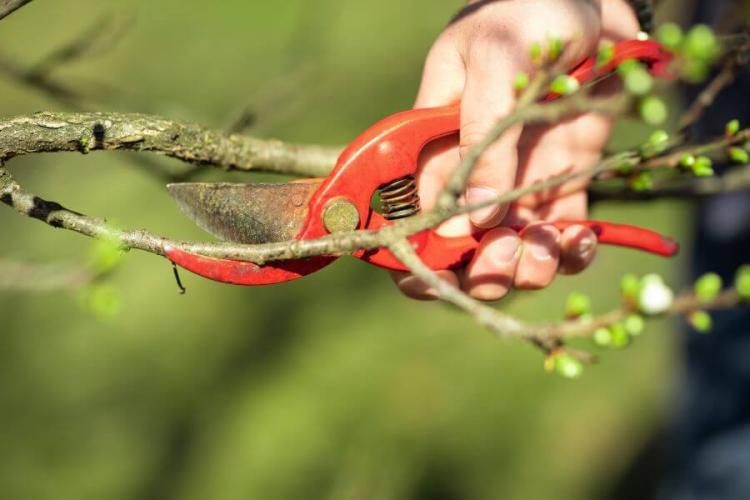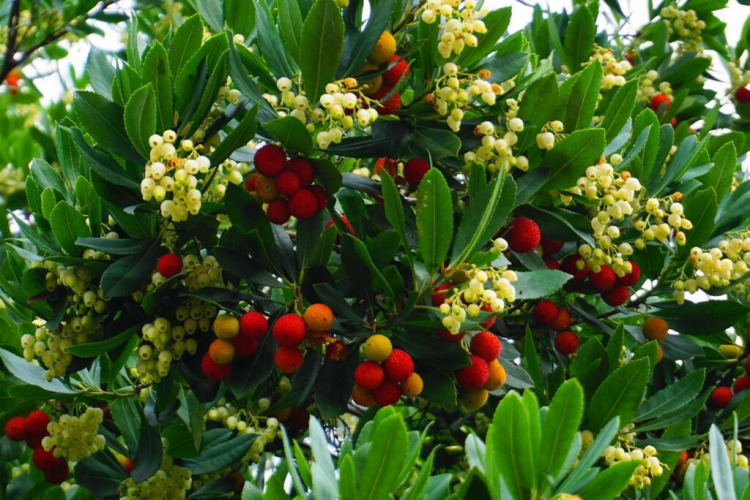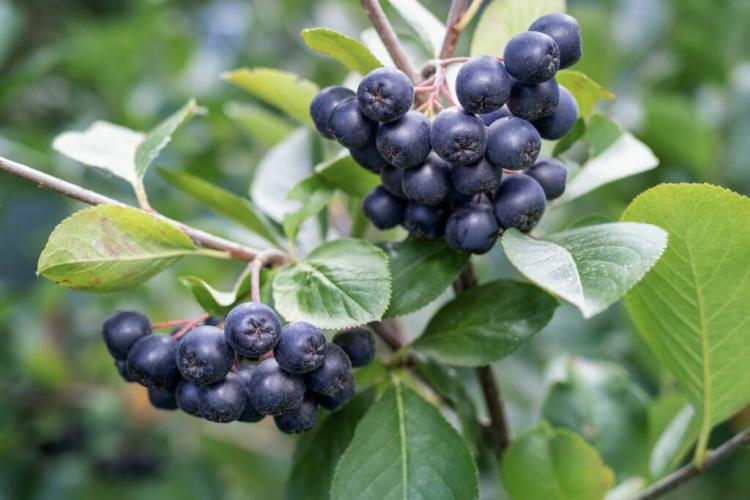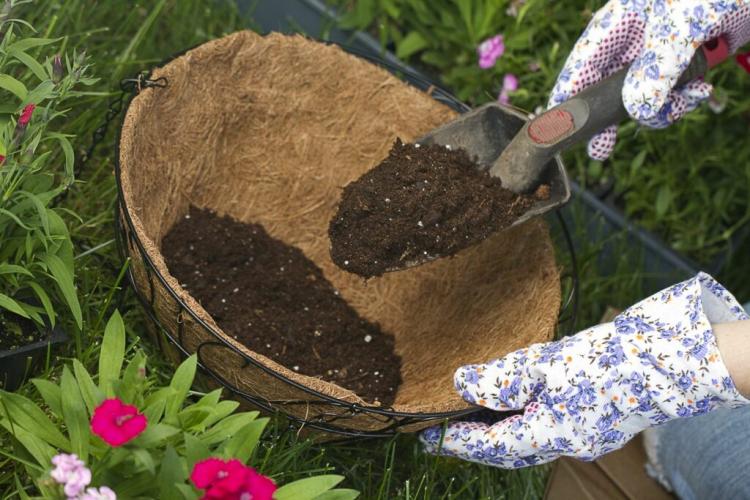Lovage Plants: Cultivation Of The Maggikraut In Pot And Bed
The taste of lovage also called Maggi herb, is very popular. We show why it is worth growing the aromatic perennial in your own garden.
Perennial and herbaceous – lovage ( Levisticum officinale ) is a classic perennial. The representative of the umbelliferous plants ( Apiaceae) is also known as the Maggi herb due to its characteristic aroma. However, the seasoning sauce of the same name does not contain a trace of lovage. That is why it is often used in the kitchen as an alternative to the ready-made spice for seasoning soups, meat dishes, egg, or mushroom dishes.
In the fresh harvest, lovage cannot be overlooked despite its leaves, which are confusingly similar to those of flat-leaved parsley: the perennial surpasses everything else in the herb garden by far. The herb can shoot up to 2.5 m every year if it feels comfortable.
Anyone can grow lovage. However, there are a few points to pay attention to, such as the right location, the right substrate, and appropriate care. With the following tips, however, the cultivation of the Maggi herb is guaranteed to succeed.
The right location for lovage in pots and beds
Lovage clearly prefers a sunny to partially shaded location in the garden – it likes it light and warm. When choosing a location, it is important to note that lovage needs several years to mature, and during this time it becomes very large and wide. Since lovage is a heavy eater, a nutrient-rich and calcareous substrate with a high pH value should be provided in the bed. In addition, the soil must not tend to become waterlogged and should contain a certain amount of sand or gravel.
When cultivating in pots, a sufficiently large planter should be selected. The rule here is: Better to take a slightly larger pot right away because lovage grows quickly and you save yourself repotting too often. A well-drained, yet water-storing substrate should also be used in the pot to protect the lovage’s roots and quench the plant’s thirst. Organic universal soil meets these requirements perfectly.
You might so like: Pitcher Plant: Care, Flowering And Location Of The Carnivorous Plant
Summary: The perfect location for lovage
- Sunny to a partially shaded location
- Keep a good distance from other plants
- Nutrient-rich, calcareous substrate
- Well-drained, sandy soil
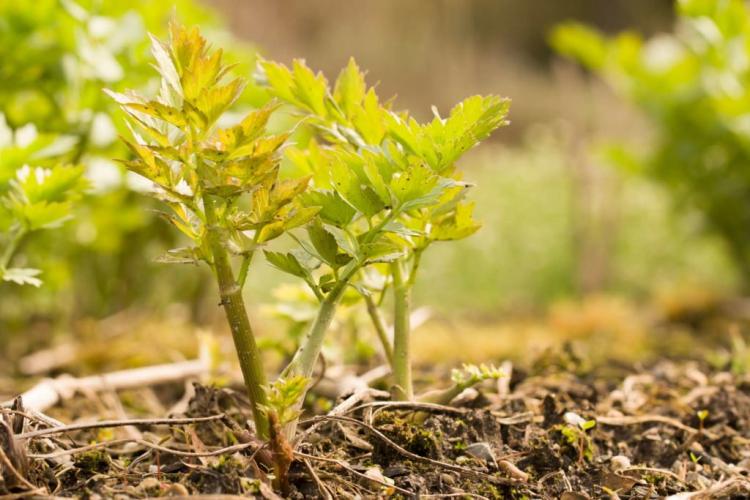
How to plant lovage
Lovage is best sown directly in the bed in summer. Alternatively, at the end of March, young plants can be grown in the greenhouse or on the window sill and then moved outside later. You shouldn’t overdo it when planting lovage: because even a single perennial grows very large over the years and is easily enough for the needs of a family. Therefore, always place the plants at a certain distance from their neighboring plants. Before planting or sowing, the soil should be well loosened and possibly prepared with organic fertilizer or compost. Then the lovage is well watered to accelerate growth/germination.
Care for lovage after planting
When growing lovage, make sure that neither too much nor too little is watered. The Maggi herb abhors waterlogging and even drastic drought leads to avoidable stress. That is why a healthy middle should be found and poured evenly.
You might so like: Peonies Transplanting: Location, Timing, And Instructions
Especially when cultivating in pots, the plant needs additional watering, the frequency of which naturally depends on the volume of the planter. Fertilization is actually not necessary in the bed. It is enough to work some organic fertilizer into the soil at the beginning of the year. If the lovage is in the pot, it is recommended to add liquid fertilizer to the irrigation water about every four weeks.
You might so like: Planting Lentils: Everything At The Right Time, Location And Cultivation
